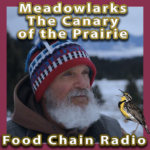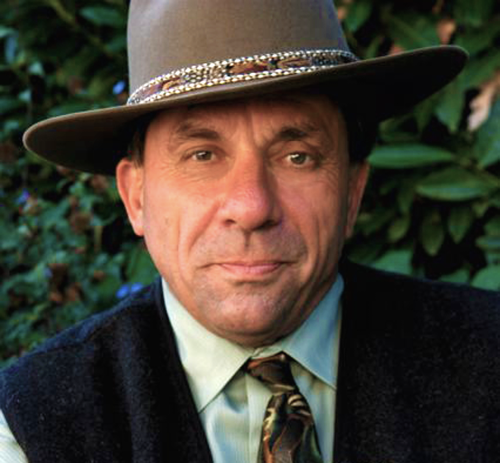Carnivore Herbivore Omnivore
February 26, 2024
Meadowlark Prairie Canary
March 15, 2024The Yellowstone King Corvid
Michael Olson’s Food Chain Radio Show #1357
Listen Now…
GUEST: John Marzluff, Emeritus Professor of Forest Sciences University of Washington
There was a stretch of years when wife Marlene and I would sneak off to Cooke
City, Montana, for some cross country skiing. In winter, Cooke is a snowbound little town at the very end of the only open road through Yellowstone Park.
Though Cooke City is well known among snowmobilers for its access to the stunningly beautiful high country, snowmobilers and cross-country skiers are not of a kind. Our aim, as skiers, was Yellowstone’s Lamar River Valley, which is, thankfully, off limits to the noisy, smelly snowmobiles.
The Lamar Valley is the wintering grounds for many of Yellowstone’s animal populations. And our cross country skis allowed us to fly over the surface of snow packs the animals had to plow their way through. We were not the only ones flying about the Lamar with such abandon. So, too, were the corvids – Yellowstone’s black birds on white snow.
Yellowstone’s winter is a cruel time for the animals that can no longer survive the cold, snow and lack of food. But from what we saw, while flying over the snowpacked landscape, was that winter was treating crows and ravens with lots of opportunity to feast, and their feasting often sounded as raucous as an out-of-bounds wedding celebration.
From watching their feasting, and from watching them watch us as we flew across the landscape, we came to see corvids as being winners of Yellowstone’s season of losing. And we wondered:
Leave a comment below: Can anyone love the black birds of Yellowstone’s white winter?
Michael Olson’s Three Laws of the Food Chain
#1 Agriculture is the foundation upon which we build all our sand castles.
#2 The farther we go from the source of our food, the less control we have over what’s in that food.
#3 Cheap food isn’t! READ MORE


